Disclosure: Meeple Mountain received a free copy of this product in exchange for an honest, unbiased review. This review is not intended to be an endorsement.
Tanzania’s Serengeti is a majestic place, spanning not only the savannah of the Serengeti National Park but the diverse surrounding environs. Filled with a wide array of wondrous animals and birds — most notably its large population of lions — there’s no shortage of things to see here. So it’s no surprise that Bad Comet Games took inspiration from this unique landscape for their newest title, Wild: Serengeti.
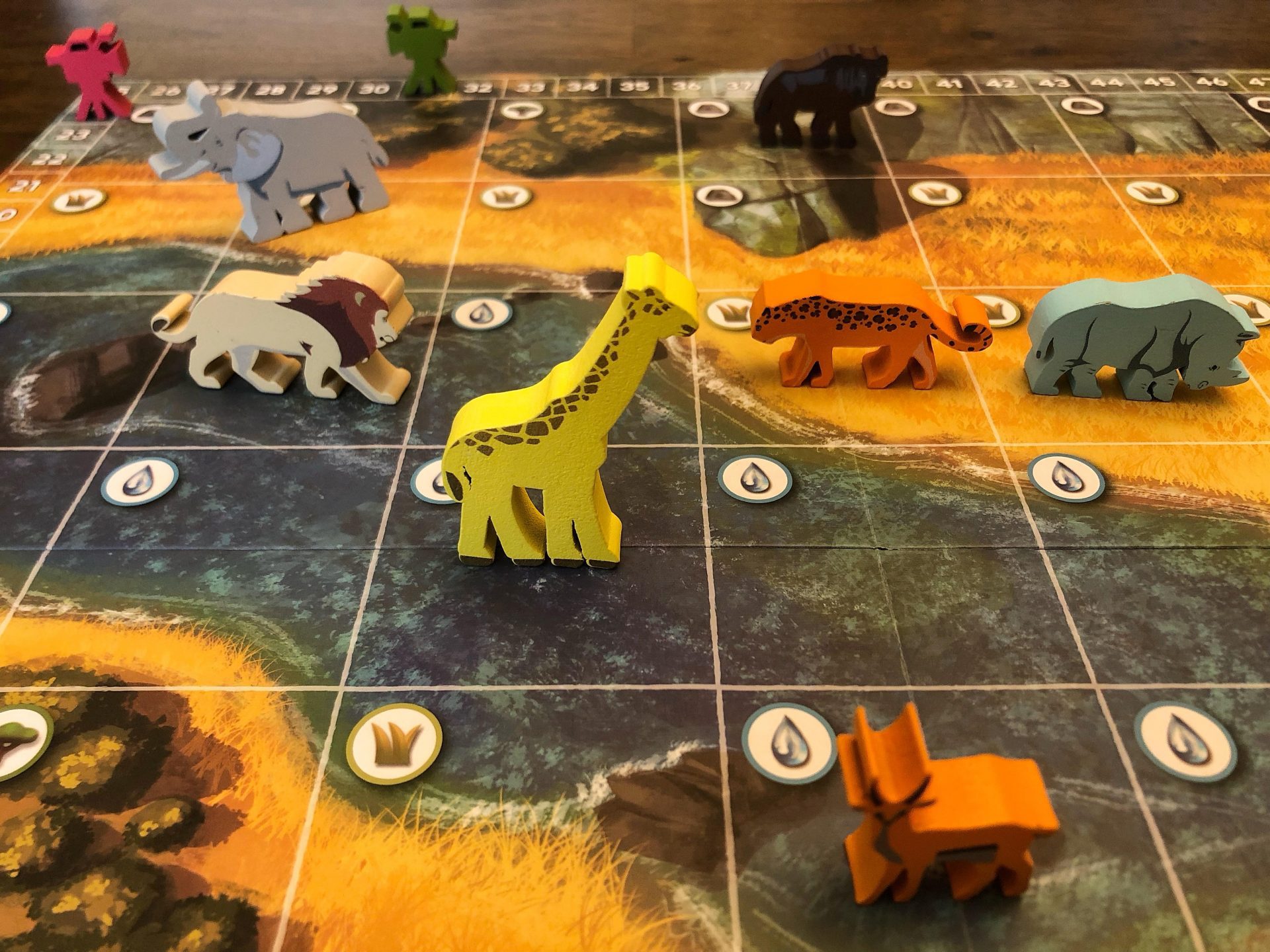
Place of Pride
Wild: Serengeti mixes worker placement with a positional puzzle, all wrapped in the theme of making a wildlife documentary. The goal of the game is to have the most successful documentary at the end of the game’s 6 rounds. This is done primarily by completing Scenes, cards which portray a specific arrangement of animals on the game’s map board, to earn points. Scenes require animals to be placed on certain terrain types (i.e., “a hyena on a mountain”) and/or in a positional relationship to each other (such as “a giraffe in water next to a lion in grass”).
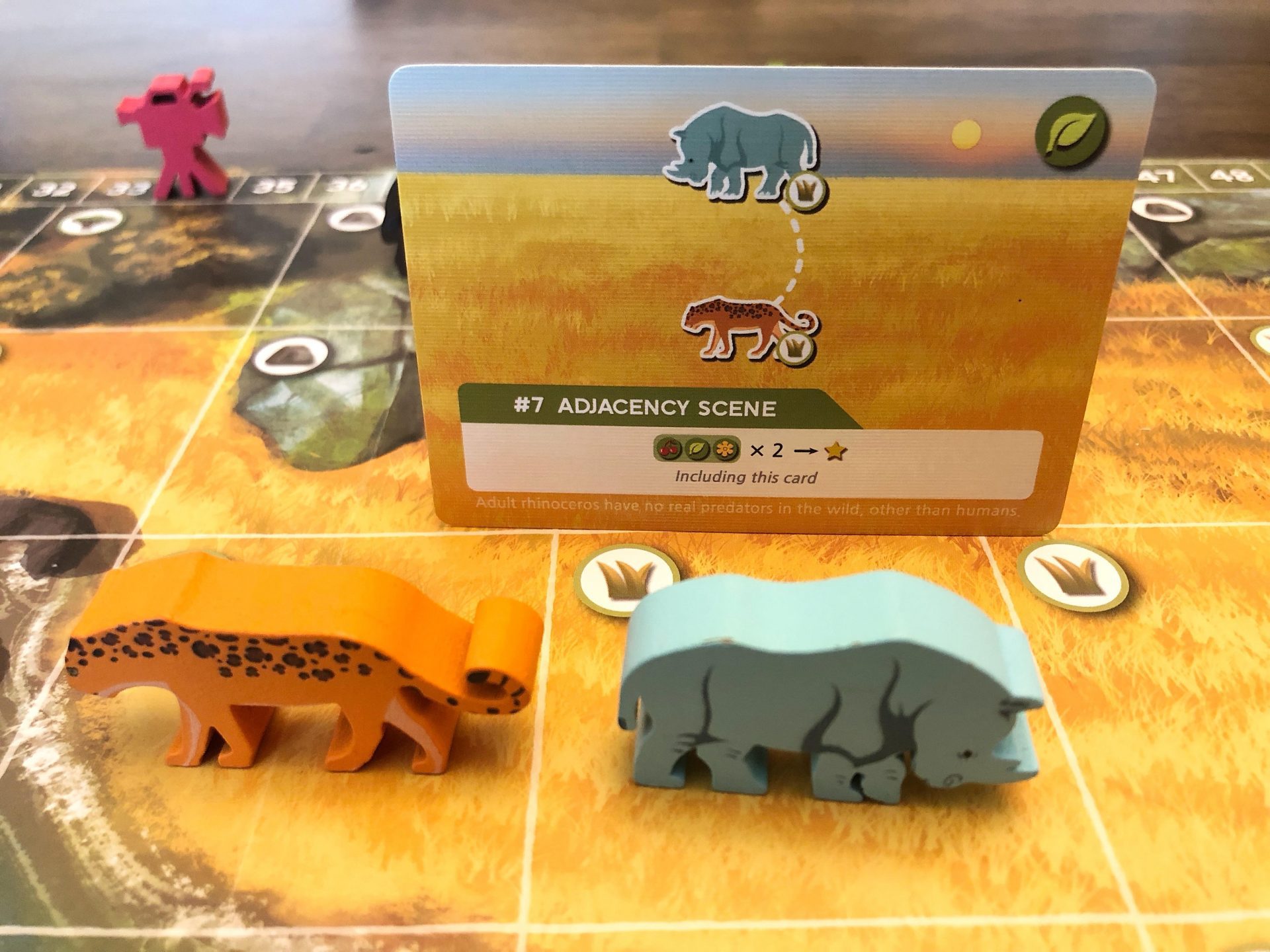
Animals are not controlled or owned by any specific player; they can be both placed on the map and manipulated by anyone through the use of various actions. At the start of each round, each player receives a set amount of money (in addition to any money carried over from previous rounds) which they can assign to actions. Using an action typically costs a single coin and requires the player to move their lone meeple to an open slot on that action. Actions might allow the player to place 1 of the 12 animal types, swap 2 previously-placed animals, select new Scene cards from the market to complete later, refresh the market, or otherwise push for an advantage.
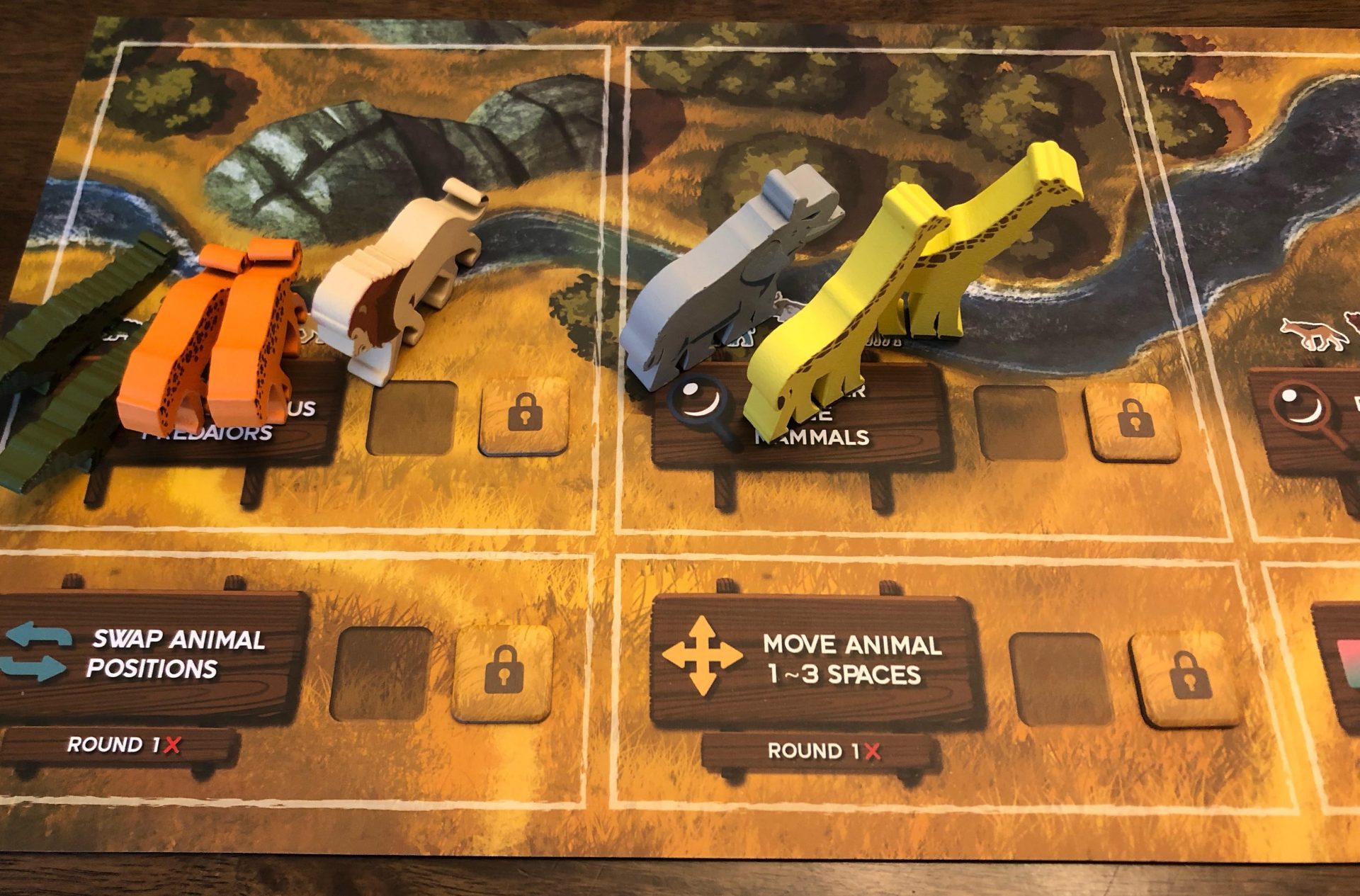
If there is no open slot for an action, the player may still take the action by placing their meeple next to the slot and paying an additional coin. (Note that the slot availability is checked when the player declares the action, meaning that players can block their own meeple if they attempt to take the same action in 2 consecutive rounds.) Some actions, like taking a Scene card from the market, can be enhanced by paying more to receive a greater effect — in this case, by taking an additional card for each extra coin spent.
Scenes can offer a variety of rewards on completion. Some Scenes offer a flat point value. Others reward the players with temporary Food or Special Effects tokens; these are one-time-use abilities that allow players to move an animal or ignore a terrain requirement, respectively. Scenes will often incorporate one or more icons as well; once the Scene is finished, those icons become part of the player’s tableau. Icons can add extra points at game end, increase the value of certain future Scenes (generally increasing linearly for each icon or set of icons), or provide flat rewards, such as a Food or SFX token, at the start of each subsequent round. Players will receive a free Scene card at the start of every round and are encouraged to focus their strategy around a subset of the Scene cards they receive throughout the game, discarding their spare Scenes for extra coins.
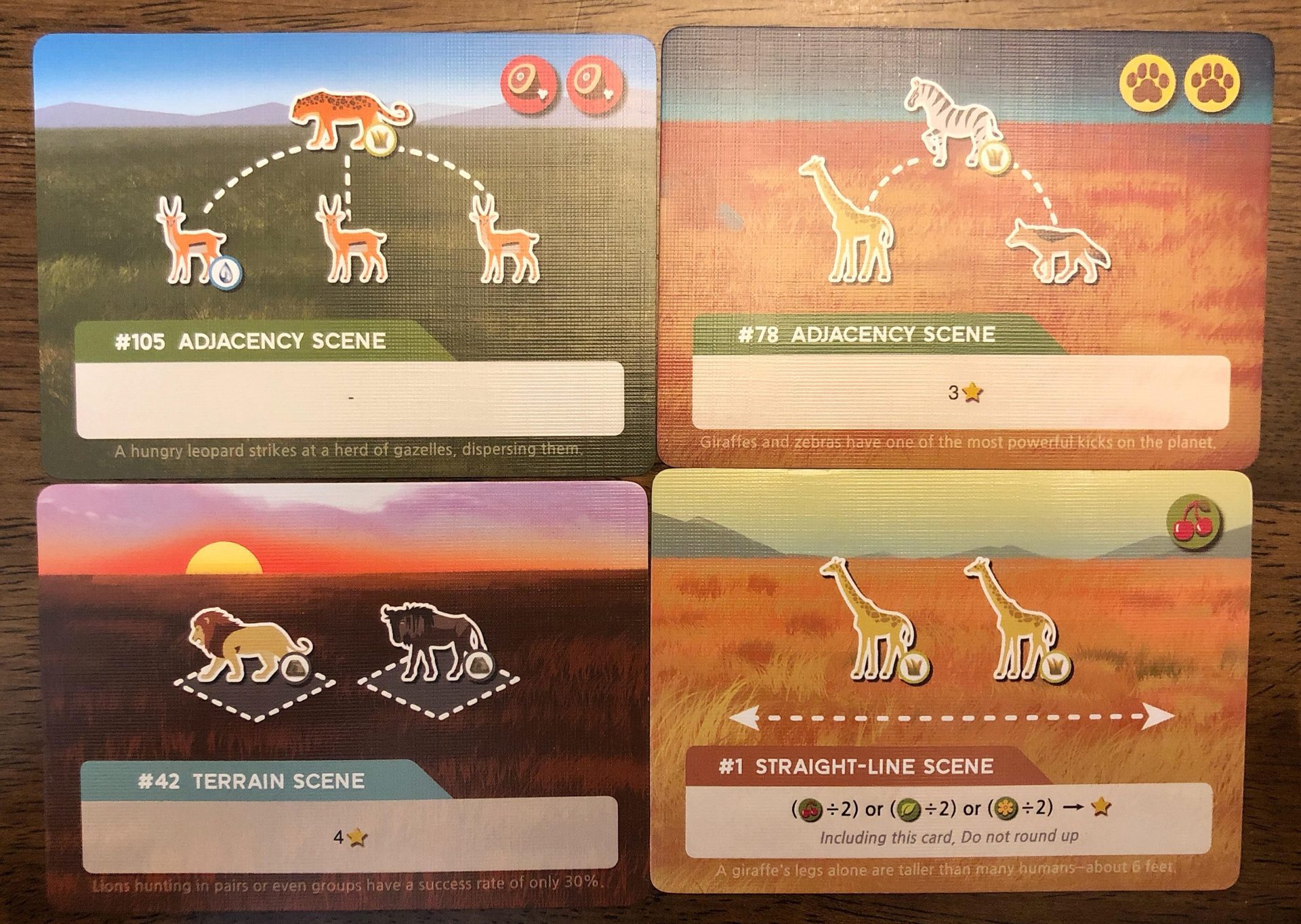
In the latter rounds, players will also be able to score points during the Award Ceremonies. These events reward the player who has completed the most Scenes featuring specific animals, determined during setup. Perhaps more noticeably, the last few rounds will also feature Great Migration events. These will see a number of animals — as determined by the cards in the Great Migration deck — being removed from the map board. While they can be returned to the map by player actions, this keeps the game interesting as everyone races to finish Scenes before the end of the round or rushes to replace animals that they need.
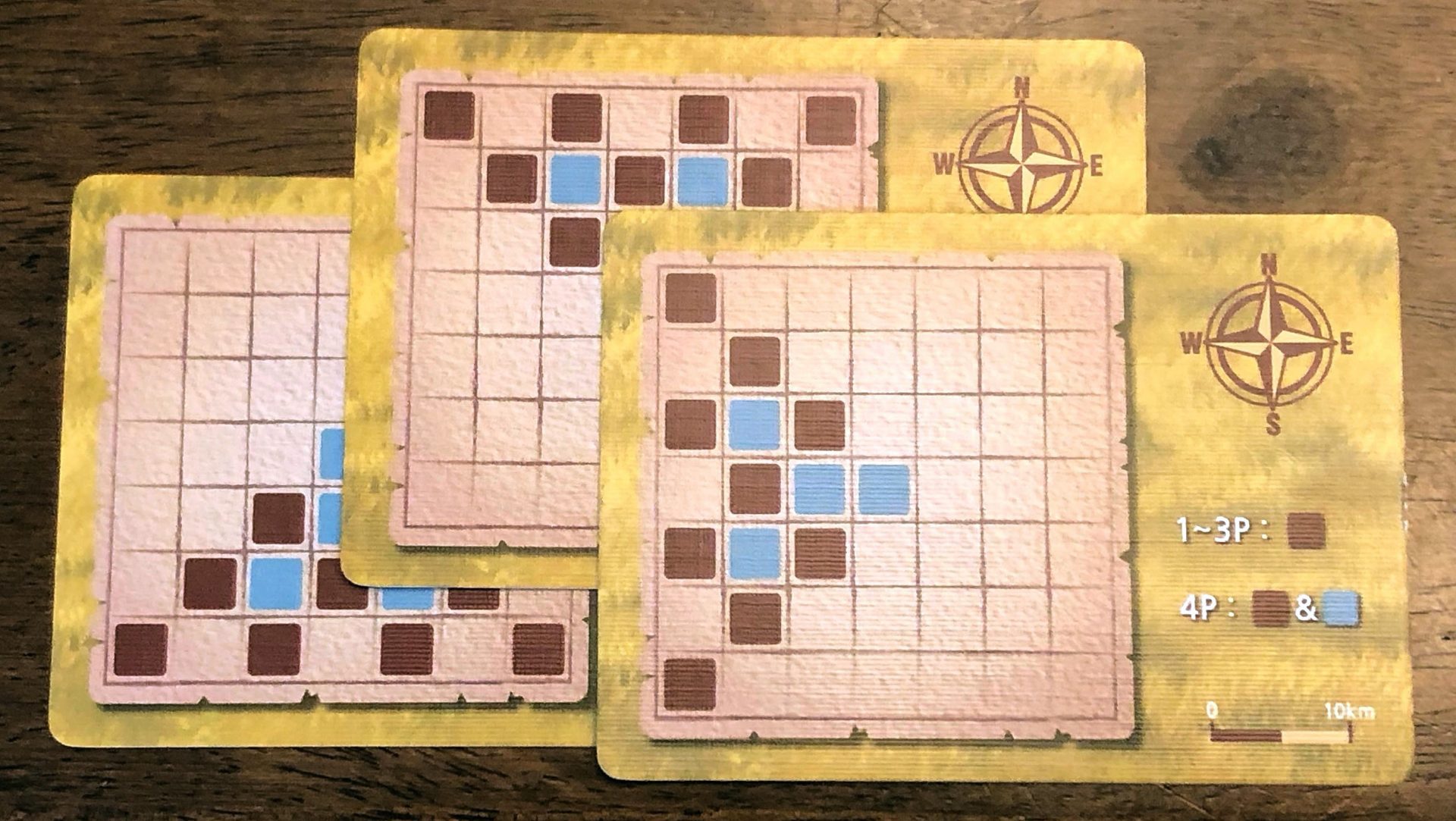
After 6 rounds, the players total up their points to see whose documentary is the best.
Documentary Realism
At first glance, Wild: Serengeti doesn’t seem to be offering anything particularly new. There’s something about animals and nature that lends itself to these kinds of spatial arrangement games: titles like Cascadia, Zooloretto, Draftosaurus, and Planet all feel like distant cousins whose influence can be felt here. Wild: Serengeti’s shared placement board does offer a fun twist, since players must be wary of other players moving the animals they need. However, the central puzzle feels very familiar. While that piece of the game is interesting, I don’t think it’s exceptionally interesting. If you like that sort of puzzle you will absolutely like it here as well — and not just because the chunky animal meeples are extremely fun to play with.
Where Wild: Serengeti really excels, however, is in the limits of the game’s action economy. Again, this doesn’t exactly leap out and grab a new player; it looks like a fairly standard worker placement game. That veneer hides a subtly engaging mechanic with a surprising amount of strategy. Every player starts the round on even footing — unless they specifically hold money back from a previous round — so in theory everybody gets the same number of actions. Unlike many worker placement games, players can’t even specifically block each other from accessing a slot. It feels wildly permissive…until you start to run low on coins.
The last few actions in a round can get a little tight. Say you have 2 coins left, meaning you can take 2 actions. Unless your opponent’s in the way of the thing you really want to do, in which case you need to decide whether it’s worth paying the premium to secure your plans. Should you go for it despite the cost? Does it have to happen now? Will your opponent move their meeple next turn, allowing you to take an action this turn and then sneak in to get that last action? Or should you just drop out of the round, licking your wounds and letting your opponents spend down their cash so that you have an advantage in the next round?
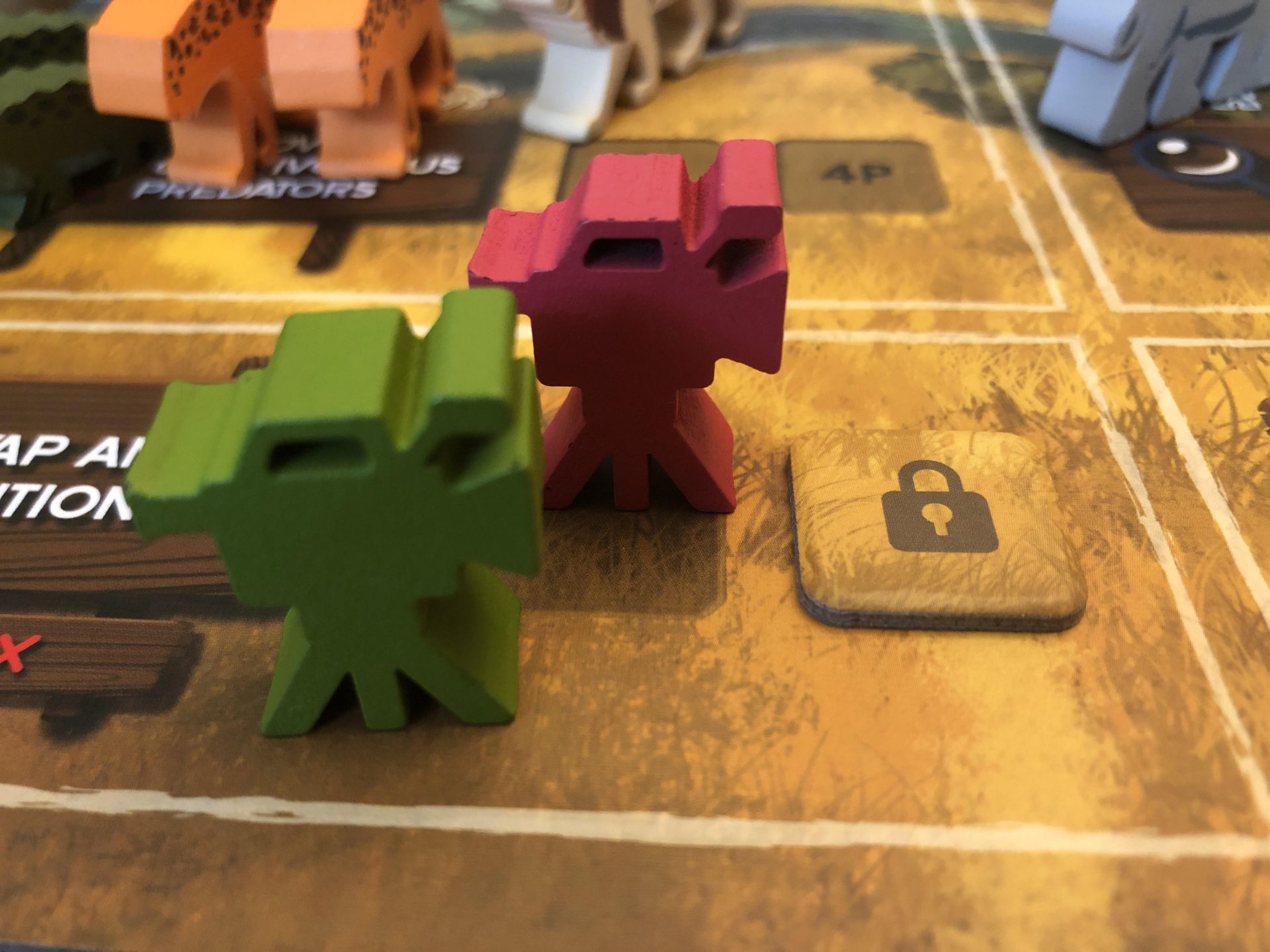
That’s the real hook of Wild: Serengeti. There’s often a hard choice between the action you really want and the thing that’s maybe a little more cost-effective but less inspiring. In a strange way, it does feel like trying to manage an ambitious wildlife documentary on a decidedly modest budget. At first you’re spending money like it’s water and soon enough you’re watching your pennies and hoping the animals you want to film just miraculously end up in the right places.
At the same time, you never feel like you’re out of the game. There are plenty of Scenes on offer in the market, so if you’re willing to spend a little cash you can always adapt your goals to the situation. Because players get a new Scene along with their income every round, each round feels like a brand-new chance to get it right. Being flexible can help you position yourself for success; if you can keep an eye on what your opponents are looking for, you can even occasionally predict the future and take advantage of their placement to fit your goals.
It’s a fun challenge and one I’ve come to enjoy more as I’ve played it. My main reservation about Wild: Serengeti is that I’m not sure that what it adds is really worthwhile over other animal-placement games. Personally, I think I’d prefer the focus to be more on the animals than the accounting. There have been a few rounds where I barely interacted with the animals on the map board, instead choosing to gather a bunch of Scene cards for future rounds or simply save my money for a later day. There have also been several occasions where I was able to grab the right Scene at the right time and turn it in for rewards without having done anything at all: I just happened to be the first player to notice that a Scene was already completed (or the first to act, at least). Those moments feel a little anticlimactic compared to the joy of grabbing the last available lion and putting it in the perfect place to score your big Scene.

The animal meeples are indeed great. The standing parts that are included are pretty cool once assembled, though there isn’t a place to store them assembled in the box and I wouldn’t want to reassemble them each time I played. Visually, I think Wild: Serengeti checks every box I would want in a family-friendly game. Mechanically, it’s a bit complex for younger children; even slightly older kids (8-9) might struggle to take advantage of the system compared to adults.
While I can’t speak for the final version, the prototype I played had a couple issues with the cards. The card quality was a little lower than I expected; hopefully that will improve when the game goes to production. A bigger issue we ran into was that the cards themselves aren’t always easy to parse. The iconography is small, the terrain symbols frequently use similar color tones, and the equations are hard to read at a glance. Knowing whether something is worth “the number of Cherry icons you have PLUS 2” or “the number of Cherry icons you have DIVIDED BY 2” is a huge distinction that should be obvious from anywhere at the table. I would certainly expect this to be fixed before release, but based on the gameplay I’m not sure it’s possible — each Scene needs to convey too much information for any one element of it to stand out.
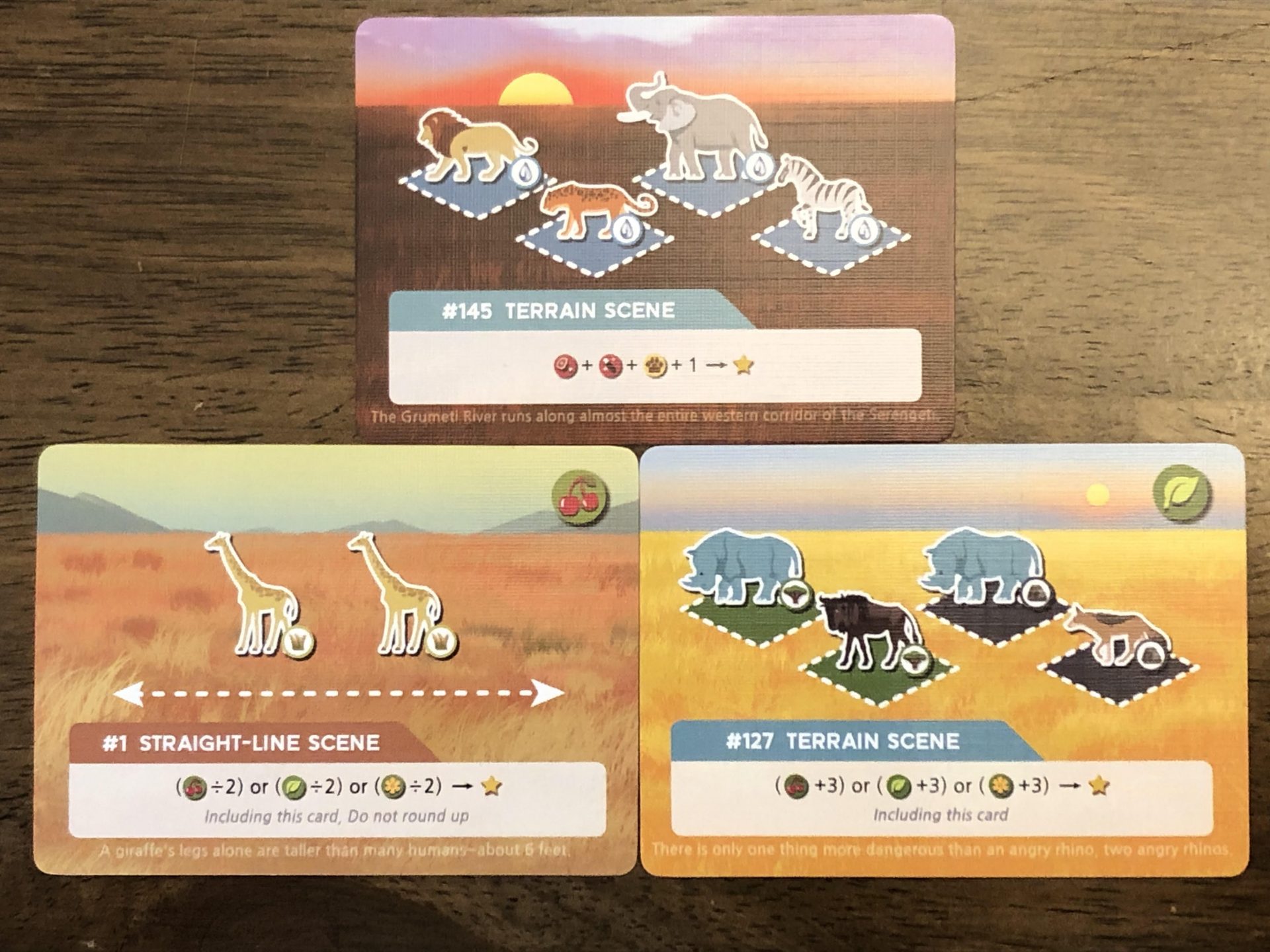
That said, I had the pleasure of reviewing Shaolia: Warring States from the same publishers a while back and had absolutely no complaints about either the graphic design or production value of that title. I’m optimistic that Bad Comet will bring the same care and thoughtfulness to the final design of Wild: Serengeti.
And I truly hope they do. I’ve enjoyed playing Wild: Serengeti. It’s a solidly good game with a lot of potential. If you don’t already own an animal-placement game — or if that’s a style you just can’t get enough of — then you should definitely consider this one. It may not stand out from the pack at first glance, but with a few tweaks it could be a strong contender in your collection.
Check out Wild: Serengeti on Kickstarter today!


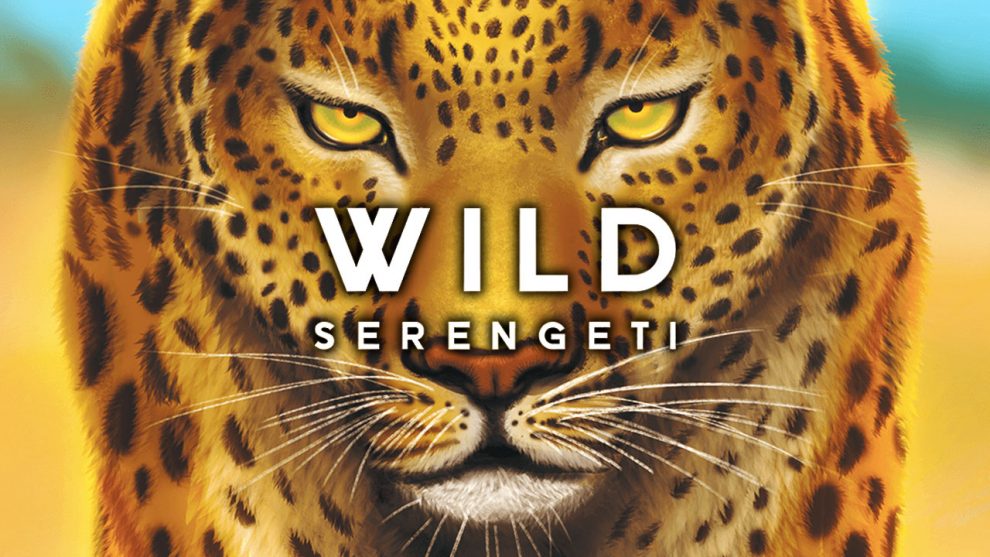


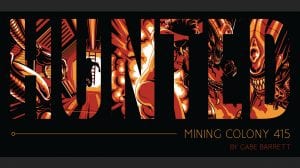

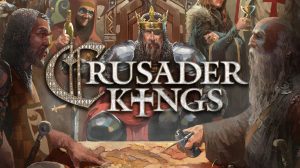




Add Comment